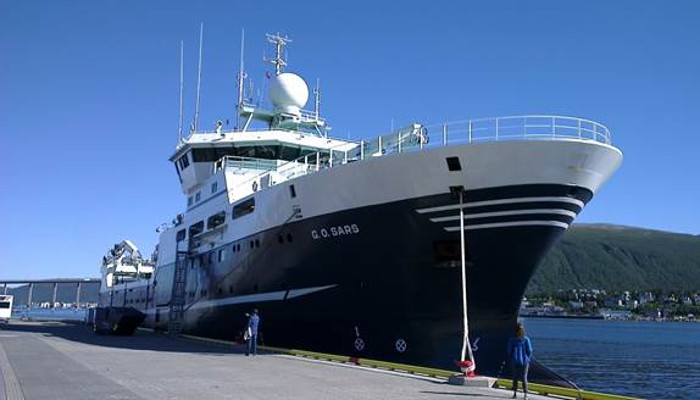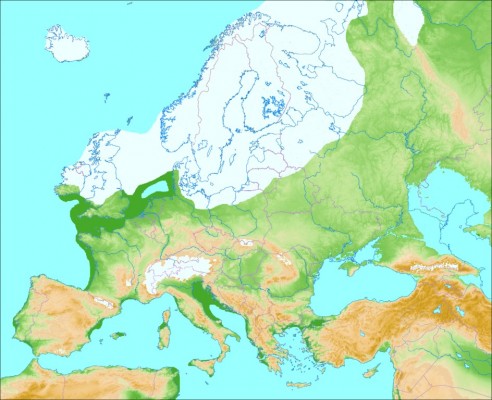During the last ice age*, ~70,000 to 20,000 years ago, the climate was much colder in Europe. As a result, the northern part of Europe was fully covered by the Fennoscandian (a.k.a the Scandinavian ) ice sheet, which extended up to the British Isles and some parts of Poland and Germany. In central Europe, the Alps were also almost fully glaciated. The storage of all this ice on the continent lower ...[Read More]
Cruising for mud: Sediments from the ocean floor as a climate indicator

The Norwegian research vessel G.O. Sars after arriving in Tromsø with more than 200 m of sediment cores to document past abrupt climate change. Photo credit: Iben Koldtoft
Going on a cruise for a month sounds tempting for most people and that is exactly how I spent one month of my summer. Instead of sunshine and 25 degrees, the temperature was closer to the freezing point on the thermometer and normal summer weather was replaced by milder weather conditions. The destination of the cruise was the western Nordic Sea and the east Greenland Margin. The ice2ice cruise wa ...[Read More]

